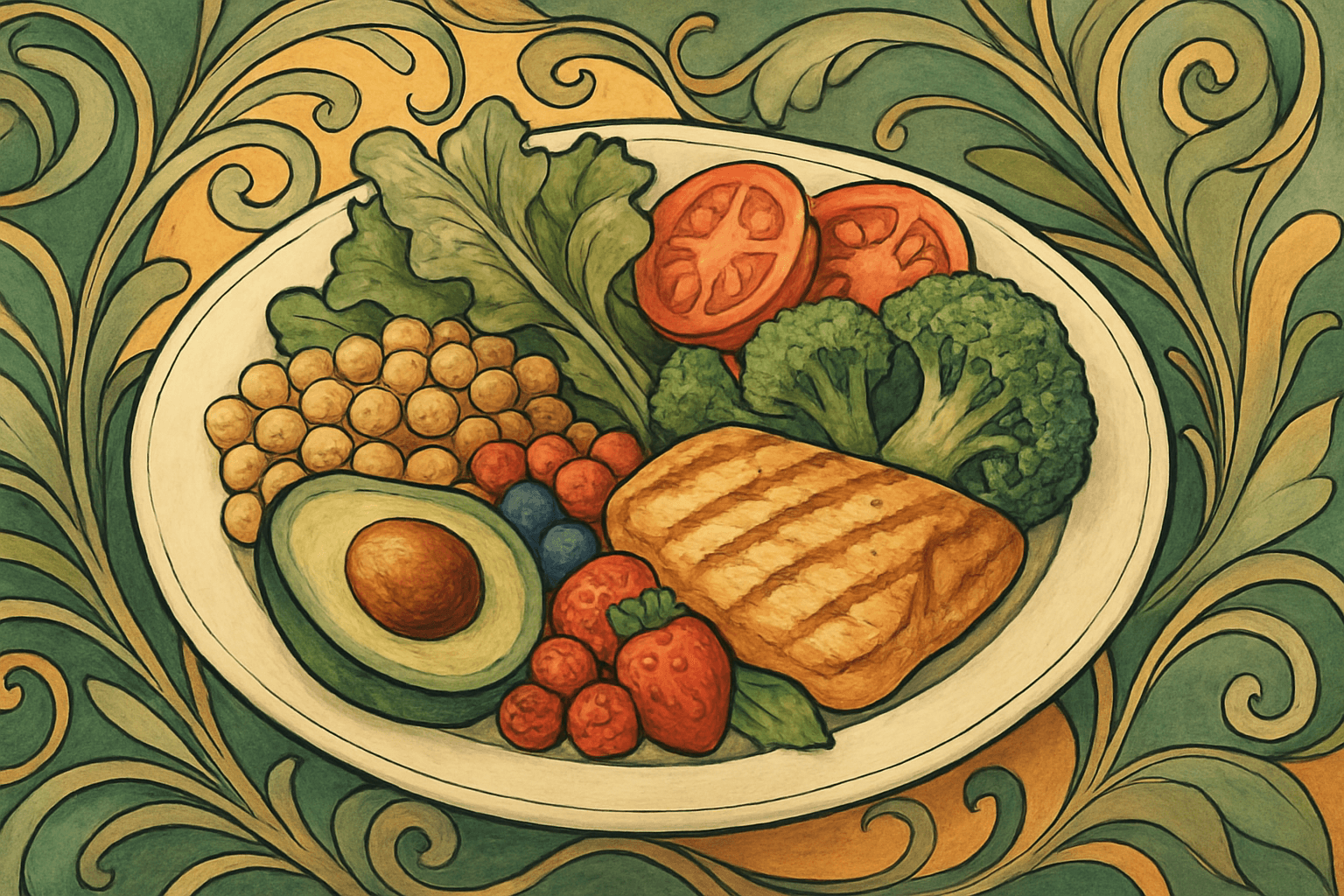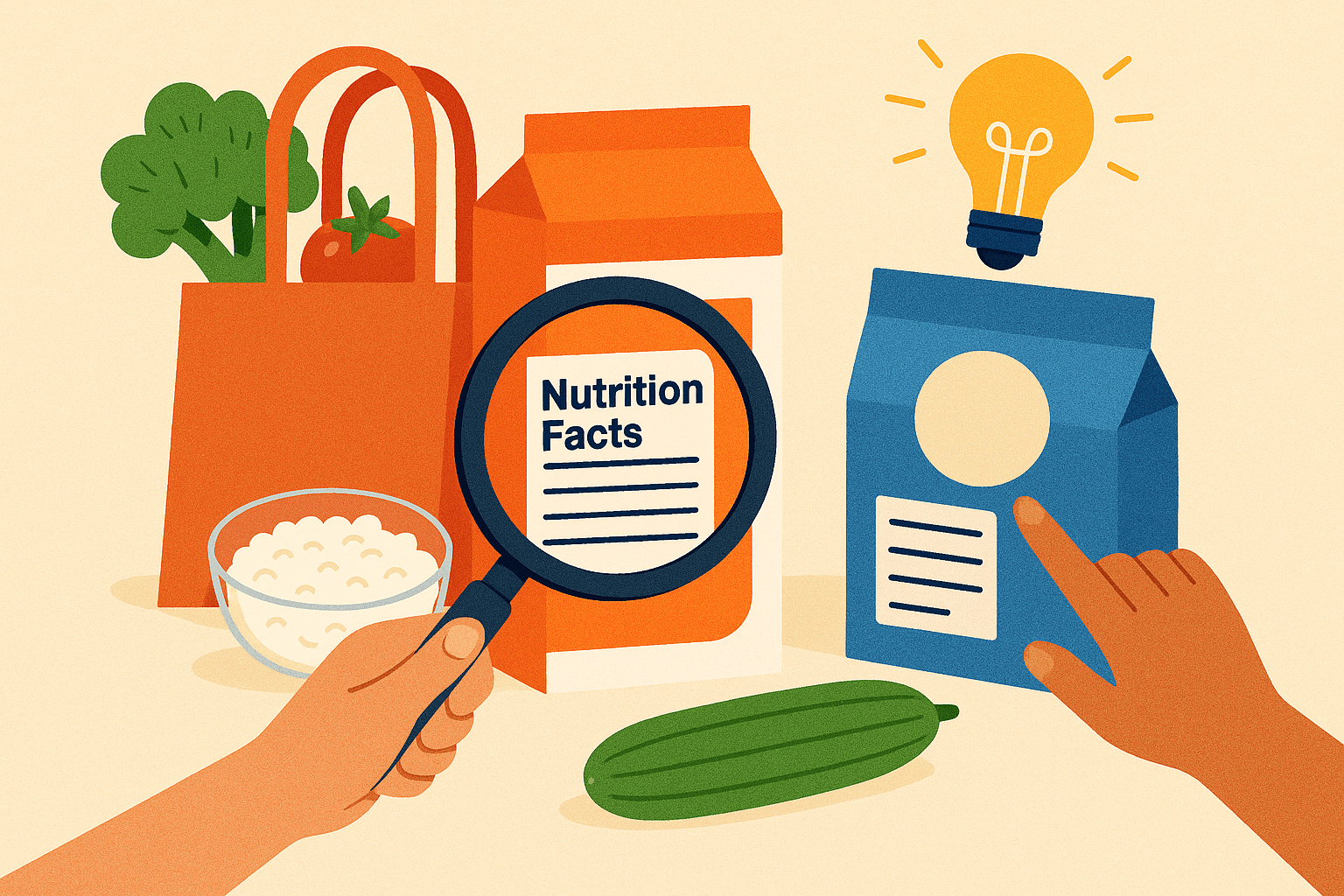Stabilizing Blood Sugar, Supporting Hormones: The Science-Backed Way to Eat for Steady Energy and a Calmer Mind
Published on June 25, 2025

Why Blood Sugar Balance Matters
If you've ever felt foggy, hangry, or drained after a meal — blood sugar is likely the culprit. Rapid spikes and crashes affect not only energy and cravings, but also long-term hormonal balance.
When blood sugar fluctuates too often, it can lead to:
Insulin resistance
PCOS symptoms
Mood instability
Weight gain
Sleep disruption
Brain fog
Inflammation and aging
Cognitive decline
Balanced Blood Sugar = Balanced Hormones
Blood sugar regulation is essential for:
Insulin: Overproduction promotes fat storage and fatigue
Cortisol: Rises during blood sugar drops, increasing anxiety
Estrogen & Progesterone: Sensitive to insulin and inflammation — irregular sugar can worsen PMS or fertility
Leptin & Ghrelin: Drive cravings when blood sugar is unstable
Testosterone: Chronic inflammation reduces male hormone levels
Thyroid Function: Impacted when blood sugar and cortisol are off
What to Eat for Blood Sugar Balance
Create Balanced Plates
Pair protein + healthy fat + fiber-rich carbs in every meal
Examples:
Grilled chicken + roasted veggies + farro
Tofu + quinoa + steamed greens + tahini
Spice it up: cinnamon, turmeric, rosemary reduce post-meal inflammation
Pick Low & Slow-Glycemic Carbs
Best choices:
Dahl, black beans, chickpeas
Sweet potatoes, carrots
Berries, apples, pears
Brown rice, quinoa, oats
Limit:
White bread
Pastries, juices, soda
Processed bars and snacks
Start the Day with Protein
Foundation for all-day balance:
Eggs, Greek yogurt, smoothies, tofu scrambles
Pair with savory veg instead of sugary fruit
Don’t Skip Meals
Eat every 4–5 hours
Avoid extreme hunger and cortisol surges
Smart snacking is better than reactive overeating
Use Lemon or Vinegar
Blunt sugar spikes and improve insulin sensitivity:
Add lemon to grains and veggies
Try a vinegar shot before high-carb meals
Walk After Meals
A 10–20 minute stroll reduces post-meal glucose
Even gentle housework or stretching counts
Choose Whole, Unprocessed Foods
Aim for fewer than five ingredients per product
Cooked grains, raw veg, nuts, legumes are great
3 Blood Sugar–Friendly Meals to Try
Breakfast:
Chia pudding with almond milk, berries, flaxseed
- boiled egg
- cinnamon
Lunch:
Lentil-quinoa bowl with arugula, roasted zucchini, tahini-lemon dressing
- hemp seeds
Dinner:
Grilled salmon + steamed broccoli + sweet potato
- olive oil drizzle
- optional kimchi or sauerkraut
Smart Snack Pairings
Apple + almond butter
Carrots + hummus
Boiled egg + avocado
Greek yogurt + chia
Pear + goat cheese
Cucumber + tuna salad
Celery + peanut butter + hemp
Sweet potato + tahini
Rice cakes + cottage cheese + cinnamon
Daily Habits for Stable Glucose
Hydrate often — dehydration worsens glucose control
Sleep 7–8 hrs — lack of rest spikes cortisol
Manage stress — breathe, stretch, walk
Eat early — insulin sensitivity drops at night
Move hourly — breaks boost glucose metabolism
Track what works — use CGM or journal
Final Tips for Blood Sugar Mastery
Carbs aren’t the enemy — imbalance is
Time meals well: start with protein, eat regularly
Make breakfast savory and stable
Batch-cook basics to avoid sugar emergencies
Load up on greens: they slow digestion and aid detox
Enjoy treats post-meal, not on an empty stomach
Honor hunger and fullness cues
Every balanced plate is a signal to your body: “You are safe, steady, and supported.” This is how energy, mood, and hormones align — not through restriction, but through nourishment.








